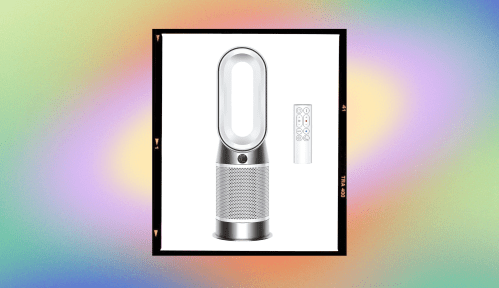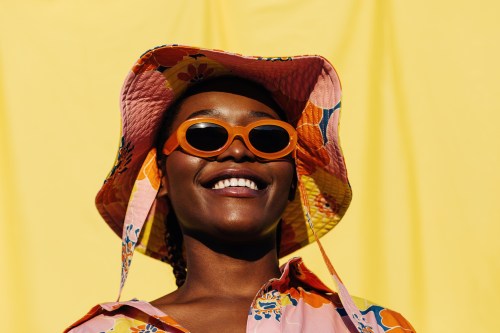Our editors independently select these products. Making a purchase through our links may earn Well+Good a commission
There’s a Bright Future for Light-Based Wellness
Artificial lighting has the power to provide the right circadian rhythm stimulation needed to function when you're not getting it from the sun.
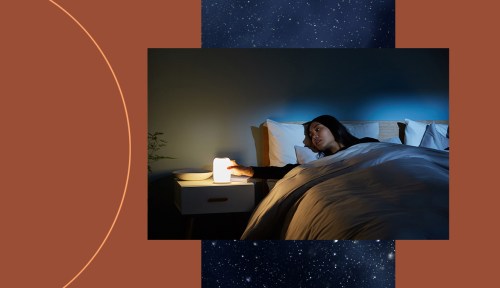
Open a curtain, flip on a light, check an email—the light we’re constantly interacting with plays a key role in our overall health and well-being. This is because light impacts our circadian rhythm (or internal clock), and a strong circadian rhythm not only helps us sleep, but also can also benefit our alertness and mood. “If you’re not getting the right light at the right time of day, that can really affect how you feel and function,” says Karen Dawe, PhD, senior research engineer for Dyson’s lighting team.
When we’re forced to spend most of the day indoors, Russell Foster, CBE, FRS, a professor of circadian neuroscience at the University of Oxford, says we need artificial light that provides the circadian stimulation we’re not getting from the sun. The next class of light solutions, therefore, build upon the task lights and light boxes that gained in popularity in recent years: In 2021, you’ll see wake-up lights that kickstart your internal clock as you rise and always-on fixtures that give you the same benefits as a day spent outside.
8 Stylish and Adjustable Office Chairs a Chiropractor Would Approve Of
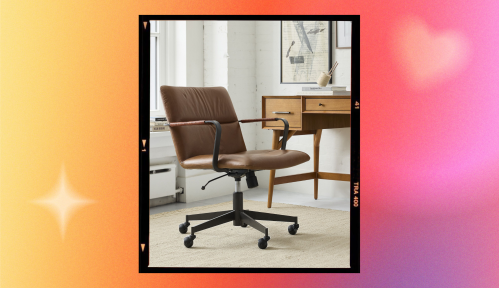
ThirdLove Just Launched Bras That Help Balance Your Body Temperature—Here’s Why That’s a Game-Changer for Women in All Life Stages

These Are the Summer Essentials You Should Bring With You Every Time You Leave the House, According to a Derm and an RD

Brands are aware that the sleep crisis in this country is in part due to the light we’re missing in our mornings and allowing into our nights, so they’re working on solutions that adjust our lighting during those times. Philips’ SmartSleep Wake-Up Light ($100)—a new version of which just hit shelves—simulates the sunset and sunrise for a restful night and energetic morning. (And Philips’ director of Healthy Sleep Solutions, Tom Catalano, says this is just the first in a slate of light-based wellness products to be released in the next few months.) Meanwhile, Neil Parikh, co-founder and chief strategy officer at Casper, says the brand plans to expand beyond the Glow ($129)—its flagship wake-up and wind-down light—in 2021, introducing light products that aid the sleep-wake cycle outside of the bedroom.
“We are looking at the next evolution [of products] to be more cost friendly and cost competitive.” —Robert Soler, PhD, vice president of biological research and technology at Bios.
Two new launches from Dyson and Bios Lighting build on this idea with lights that strengthen your circadian rhythm by staying on all day. Bios’s SkyView Wellness Table Lamp ($750) cycles through four different lighting “modes” in a 24-hour period—think, a cool blue-white in the morning and a glowy orange-purple in the evening. Each mode uses different temperatures and wavelengths of light to increase alertness and improve your mood throughout the day. Next year, says Robert Soler, PhD, vice president of biological research and technology at Bios, “We are looking at the next evolution [of products] to be more cost friendly and cost competitive.”
Dyson’s new Lightcycle Morph ($650 to $850) uses a daylight tracking algorithm to adjust your light exposure based on the time of day and where you live. And since you need more light as you get older, the light can also be customized for your age (more customizable options will become available in future products). As an extra boon to your health, Dyson’s line of light products (which includes the Morph and Lightcycle Task), emit a glare-controlled light that helps combat eye strain. Having lighting that prevents eye strain not only improves comfort but also productivity, says Dr. Dawe.
As lighting products become more sophisticated and in tune with our biological processes, we’ll have even more tools in our feel-good kits. More dynamic lighting products will drop in 2021 to mold our everyday light interactions into thoughtful wellness routines.
Shop Wellness-Boosting Lights
1. Philips SmartSleep Wake-up Light, $100

2. Casper Glow Light, $229

3. Bios Wellness Table Lamp, $609
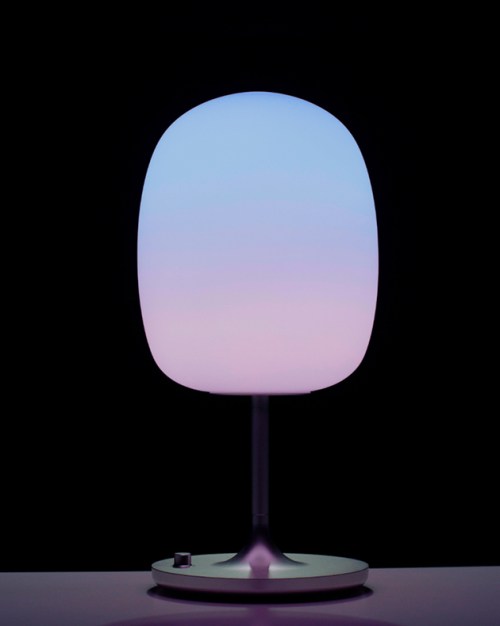
4. Veriluxe HappyLight, $69
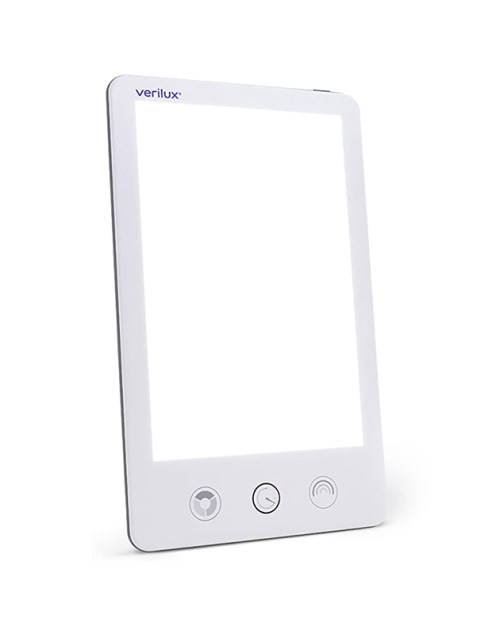
5. Dyson Lightcycle, $499

6. Dyson Lightcycle Morph, $849

Explore the rest of our 2021 Wellness Trends.

